Remember the Cold War years? Are we returning to large multi-national exercises seen off Plymouth?
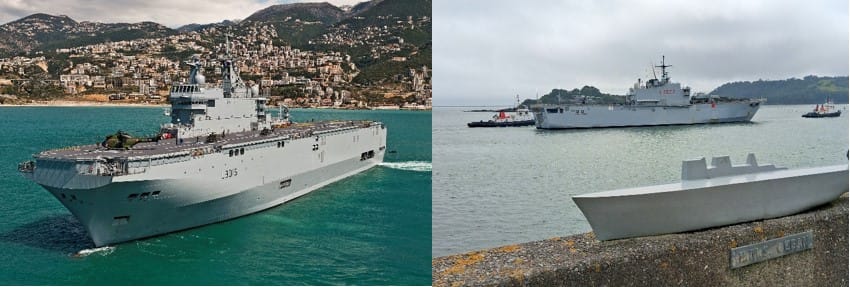
By The Captain, maritime correspondent, The Beagle
As The Beagle noted yesterday, Rear Admiral Yannick Bossu’s Flagship ship Dixmude arrived in Plymouth yesterday.
RAdm Bossu is DCOM FRSTRIKEFOR (in NATO-speak). This means that he is Deputy Commander of the French (naval) Strike Force. As such, he is presently in command of this leg of the month-long French exercise, Polaris 25.
This exercise started on May 12th in the Mediterranean with a series of training exercises based around the French coast. In the past few days, the Dixmude has transited across the Bay of Biscay to Plymouth. Here she is being joined by one Italian ship (the ITS San Giorgio – arrived at lunchtime today) and two Spanish ones (ESPSs Galicia and Cristobal Colon – arriving this evening and tomorrow morning).
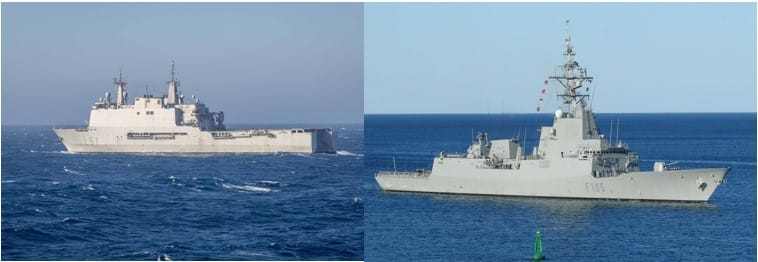
They will be joined by RFAs Argus and Lyme Bay plus four of the P2000 Patrol Vessels – to form an Amphibious Task Group (ATG).
After a weekend of meetings and briefings, next week the ATG will be heading round Land’s End for a week-long exercise off Braunton Sands (Exercise Catamaran), where they will practice amphibious landings on the beach.
Marines from the UK, the US, France, Italy, Spain and Brazil will be taking part in the landings. As well as the nations already mentioned, the Netherlands, Portugal and Germany are joining in Polaris 25.
This Task Force will be supported by a large number of aircraft – from fighters and attack aircraft to helicopters, maritime patrol (MPA) and airborne early warning (AEW) aircraft. There will also be at least one nuclear submarine involved and several support ships supplying fuel, ammunition and other stores as required.
It is often said that amphibious operations are one of, if not the, most complex military operations. Operations below, on and above water have to be co-ordinated safely with those on and above the land.
Just to complicate amphibious ops, once the landing force is securely established ashore, command of the operation moves from the Navy to the Marines. Very careful co-ordination is required.
Once the exercises off the North Devon coast are completed, the ATG will be moving south to conduct another amphibious assault in the Bay of Biscay.
Some Beagle readers will remember the years of the Cold War when large multi-national exercises were, at least, an annual occurrence, and there would be regular pre and post exercise gatherings in Plymouth.
We may well be returning to those days.


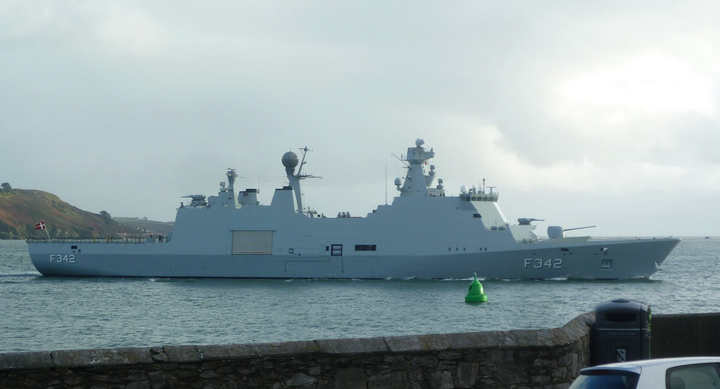
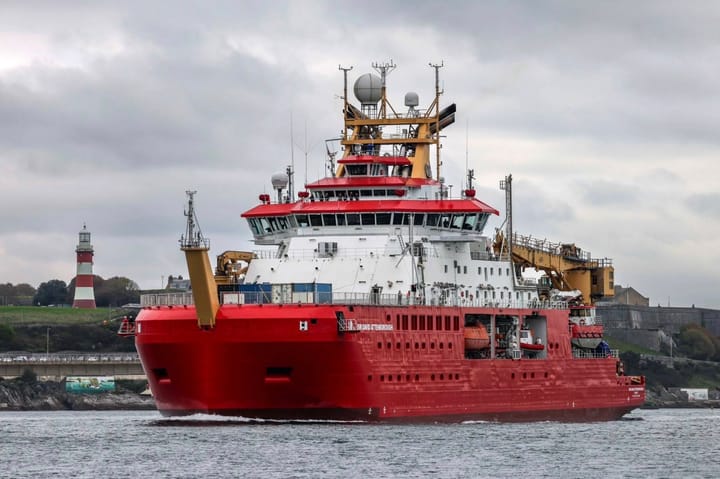
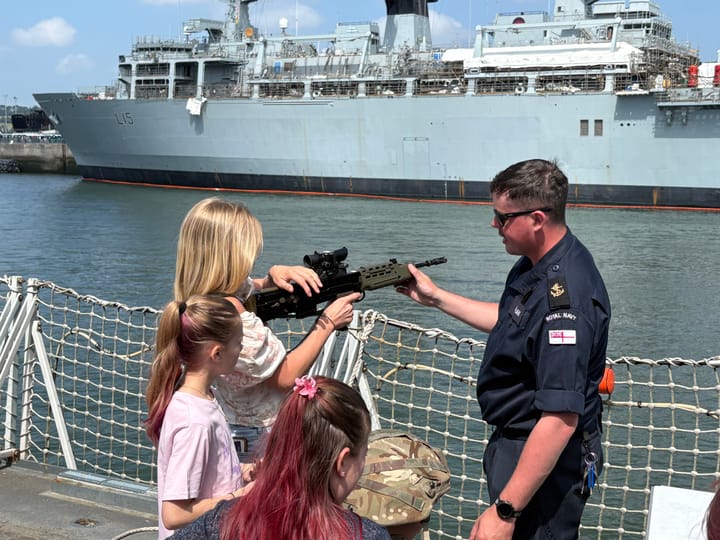
Comments ()